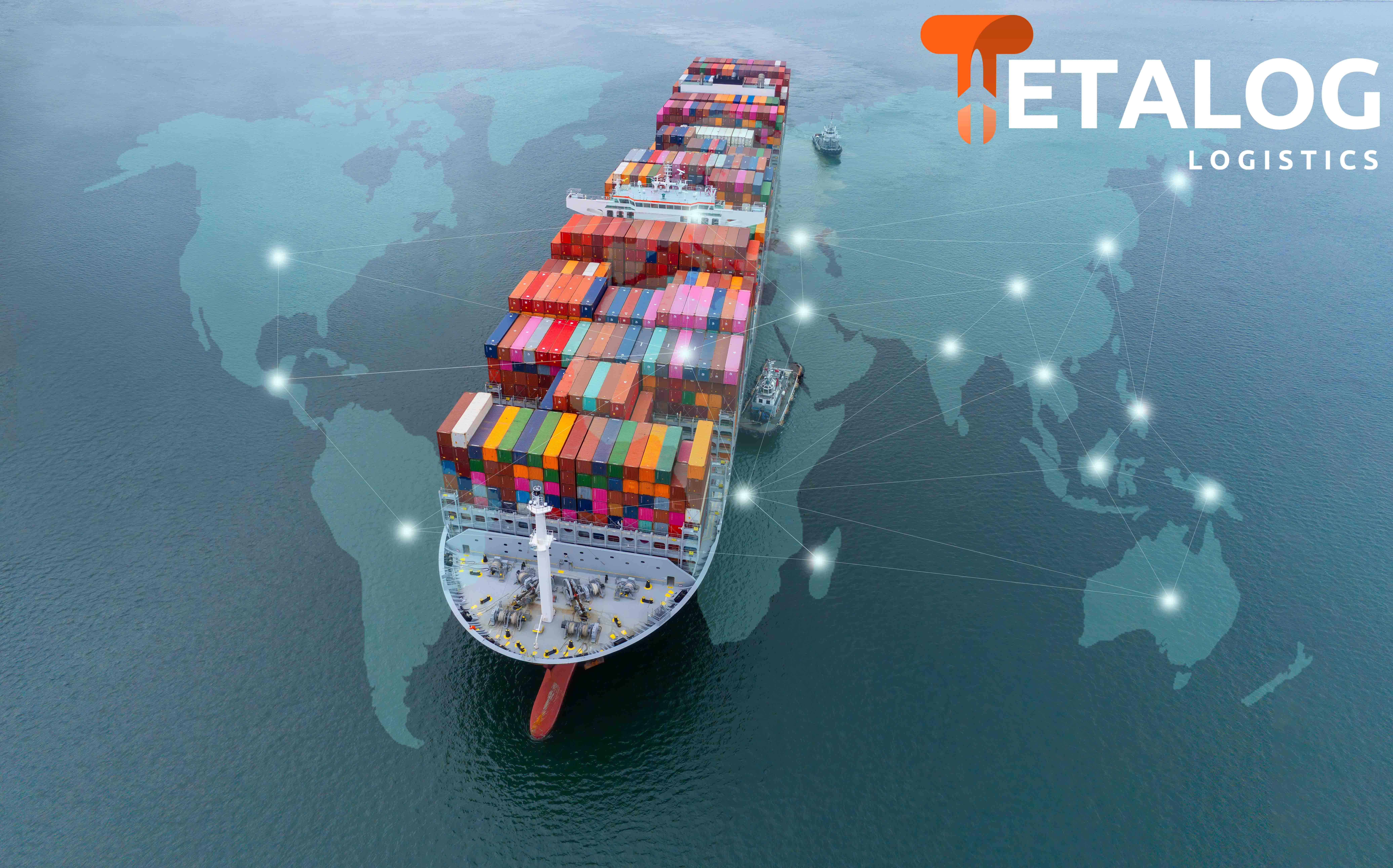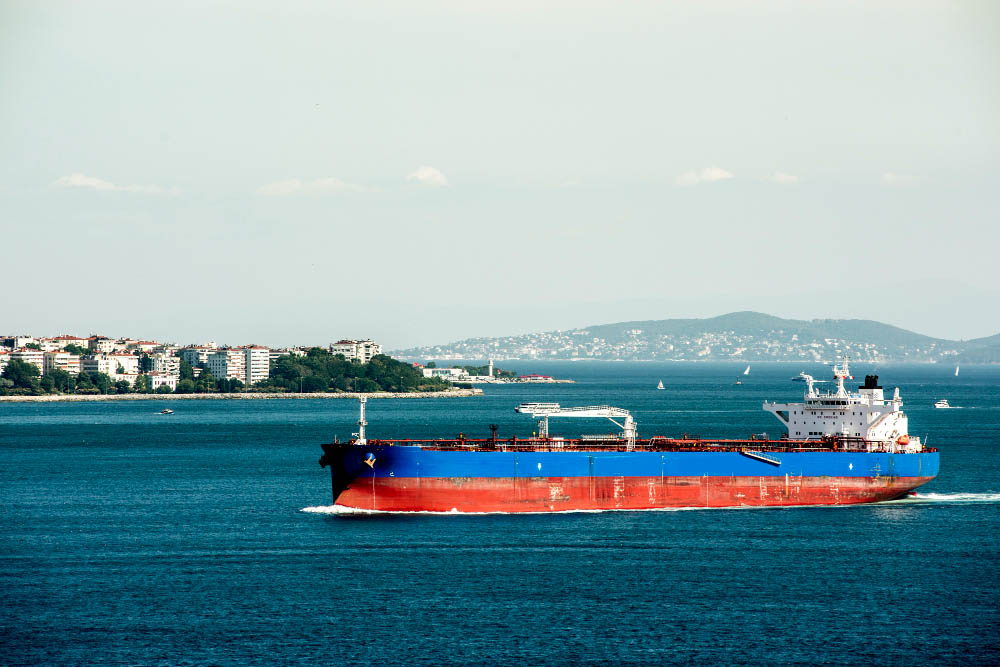
Sea transportation is a method of moving a product or cargo by sea from one point to another. Maritime transportation plays an important role in global trade and offers a reliable, economical, and environmentally friendly option. There are many different types of sea transportation, and these types are used to meet various needs.
International maritime transportation is sea transport carried out across a country's borders. This type of transportation facilitates trade between different countries and contributes to the world economy. It is especially preferred for transporting large volumes and heavy loads. Another feature that distinguishes maritime transportation from other modes of transportation is its low transportation costs. It is preferred by many companies because it is a more economical option compared to road transportation.
The maritime route, which appears as a transportation method, includes different types of transportation. The existence of various maritime transportation types such as container shipping, gas and oil transportation, roll-on/roll-off (ro-ro) transportation enables all kinds of cargo to be transported by sea. Maritime transportation is a vital sector as part of international trade. Today, many companies prefer international sea transportation to obtain a fast, reliable, and economical transportation option.
What is Maritime Transportation?
Maritime transportation is a mode of transportation that uses sea vessels to carry goods or passengers. It is known as a reliable, economical, and environmentally friendly option. Sea transportation, also called maritime shipping, has the advantage of being able to carry larger quantities of cargo compared to road or air transportation. The maritime network has a wide agency network that ensures smooth loading and unloading operations. Cargo can be loaded in containers or as full loads. In container shipping, goods are placed into special containers, which are then loaded onto ships. Full load shipping involves an entire container or all cargo loaded onto a ship. Maritime transportation is used in a large part of international trade because the sea has the largest transportation network in the world. Therefore, maritime shipping is of great importance and plays a significant role in the world economy.
Products that will be transported over long distances, as well as sensitive and hazardous materials, are also transported by sea. Additionally, we cannot say that countries without a coastline do not engage in maritime transportation. In such countries, both road transportation and maritime transportation are supported. Transportation is carried out to the nearby port by sea, and then the products are delivered via road transportation, ensuring quick delivery.
Maritime transportation is undoubtedly preferred mainly because it can easily carry high-volume loads in a single trip. Especially in the industrial sector, loads are quite voluminous, and transporting these loads in a single trip is almost impossible with road and air transportation. However, thanks to maritime transportation, the required amount of cargo for the industrial sector is transported.
Another reason why maritime transportation is highly preferred is that it is the safest among international transportation methods. Air transport can cause tensions between countries due to airspace violations. Also, cargo transported by road can be delayed due to customs clearance at borders. However, such problems do not occur in maritime transportation. Since there are no border issues between countries with maritime shipping, it allows for the safest transportation of products.
Finally, another point we want to mention is the cost advantage of maritime transportation. Maritime shipping is many times more affordable than other transportation methods. This is due to both volume advantages and the significantly lower variable costs in maritime shipping.
Maritime transportation is divided into 2 main types based on the type of voyage. These are; Irregular (Tramp) shipping and regular (Liner) shipping. Let’s examine these maritime transportation types closely.
Advantages of Maritime Shipping
Maritime shipping is known as a preferred transportation service especially for transporting large loads. This type of transportation holds an important place among other transportation modes. The sea route is the main artery of global trade and allows the transportation of large quantities of goods thanks to its high capacity. Maritime shipping can be more economical than rail or road transportation and may have less environmental impact. Additionally, maritime transportation offers a suitable option for various equipment. This mode of transportation is preferred for heavy or large-volume cargo and provides low-cost shipping. Shipping by sea contributes to the growth of commercial activities worldwide and supports the sustainable development of international trade.

Types of Maritime Transportation
What is Irregular (Tramp) Shipping?
Among the types of maritime transportation, the first we examine is irregular, or tramp shipping. Tramp shipping generally transports cargoes such as underground minerals, oil, and timber, which fill a large part of the ship when logistics operations begin. The aim is to deliver these loads to the target area in a single trip, as they occupy a significant part of the ship. Ports with high cargo density are preferred in this type of maritime transportation, and the ship does not depart until nearly full. Seasonal loads are especially transported via tramp shipping.
What is Regular (Liner) Shipping?
As we mentioned, the important and valued aspect of tramp shipping is the cargo. In liner shipping, this is different. In maritime transportation, the service is the most important factor. In the liner shipping method, the routes of ships are predetermined. It is specified in advance which loads will be unloaded and which will be loaded at these routes. This type of transportation can involve transshipment, which can occur from ship to ship or from ship to truck. The manner and amount of transshipment are also predetermined. Since everything proceeds systematically, barring extraordinary circumstances, the process is planned and orderly. In tramp shipping, we mentioned that the voyage begins when the ships are nearly full. However, in liner shipping, this is different. There is no need for the ship to be completely loaded. The important thing here is the timing. The ship departs from the port and begins its route even if it is not fully loaded, once the scheduled time arrives.
Maritime transportation is also categorized according to the type of cargo and ships. In this context, maritime shipping is divided into 5 types. These are; Tanker Transportation, Ro – Ro Transportation, Container Shipping, Combined Transportation, and Bulk Cargo Transportation. Let’s examine these types of maritime transportation in detail.

Tanker Transportation
As the name suggests, tanker transportation is a method used for the safe transport of hazardous materials. The ship has a tanker, and dangerous substances are placed inside this tanker. The transportation of liquids and gases such as oil and its derivatives, petroleum products, gases, and chemicals is done via tanker shipping. Tanker transportation has a strong pumping system to transfer substances into the tankers and to unload the transferred substances at the destination. Thanks to this pump, the cargo carried on the ship is loaded and unloaded without problems. Tanker transportation is divided into 2 categories based on weight. The reason for this division is the weight. According to their weight, tanker transportation is as follows;
LPG Tanker
LPG tankers generally carry petroleum and derivative substances.
LNG Tanker
LNG tankers carry natural gas and chemical gases.
Ro-Ro Transportation
Ro-ro transportation is the first type of maritime shipping that comes to mind when mentioning liner shipping. In this context, ro-ro transportation has developed significantly and continues to develop today. It refers to the direct transportation of loads carried by road vehicles such as trucks and trailers without unloading, along with the vehicle itself. The ships used for Ro – Ro transportation are much larger compared to other ships. It is the best example of the integration of road logistics with sea logistics. Completing the transportation with road transport at the destination facilitates door-to-door delivery.
Container Shipping
The history of container shipping dates back a long time. Container shipping, which continues to be used today, involves transporting products in specially manufactured containers. The cargo placed inside containers is systematically loaded onto ships with the help of special cranes. Containers used here constitute about 85% of sea transportation. Container shipping is especially used to maintain the integrity and order of products that need to stay together. Some ships have their own crane systems, making container transportation very practical and fast. You can review our article



